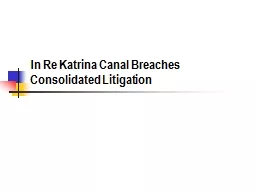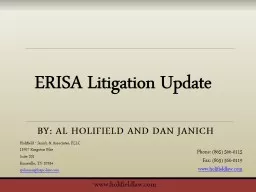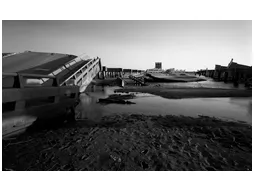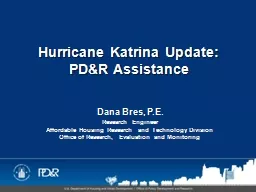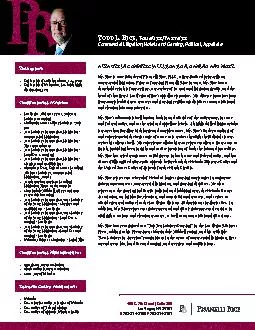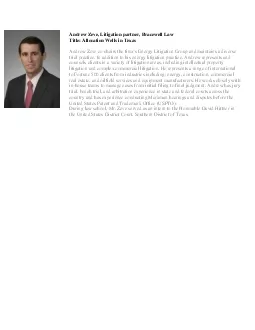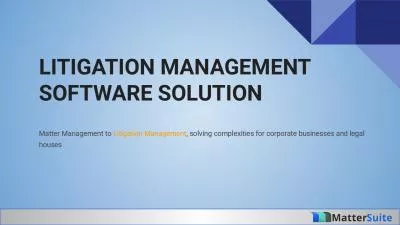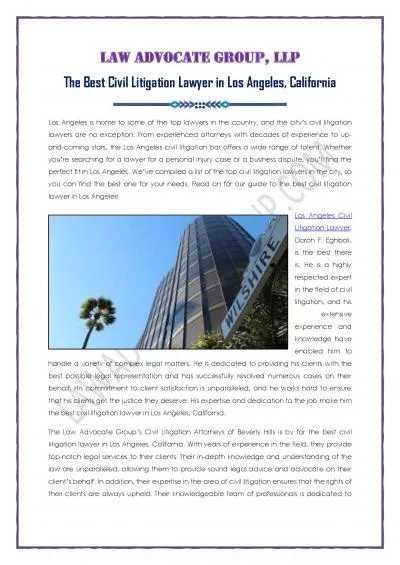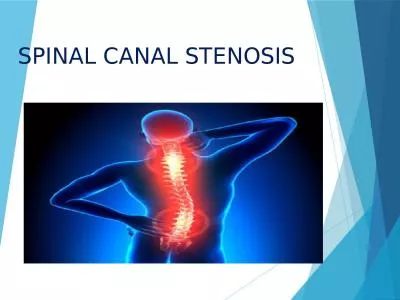PPT-In Re Katrina Canal Breaches Consolidated Litigation
Author : tatyana-admore | Published Date : 2018-10-23
2 Background for MRGO Graci told us that FTC liability does not attach unless a project has a flood control purpose MRGO did not have a flood control purpose FTC
Presentation Embed Code
Download Presentation
Download Presentation The PPT/PDF document "In Re Katrina Canal Breaches Consolidate..." is the property of its rightful owner. Permission is granted to download and print the materials on this website for personal, non-commercial use only, and to display it on your personal computer provided you do not modify the materials and that you retain all copyright notices contained in the materials. By downloading content from our website, you accept the terms of this agreement.
In Re Katrina Canal Breaches Consolidated Litigation: Transcript
Download Rules Of Document
"In Re Katrina Canal Breaches Consolidated Litigation"The content belongs to its owner. You may download and print it for personal use, without modification, and keep all copyright notices. By downloading, you agree to these terms.
Related Documents

